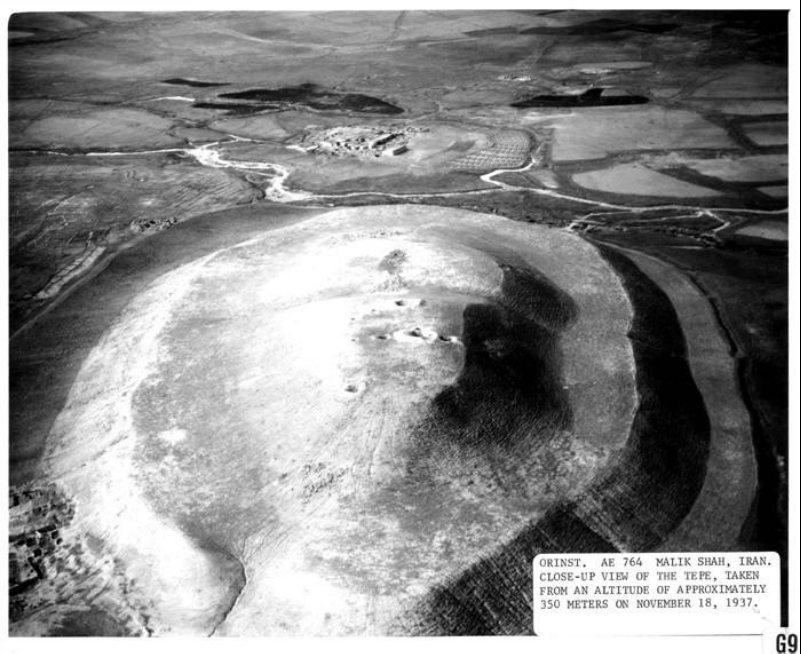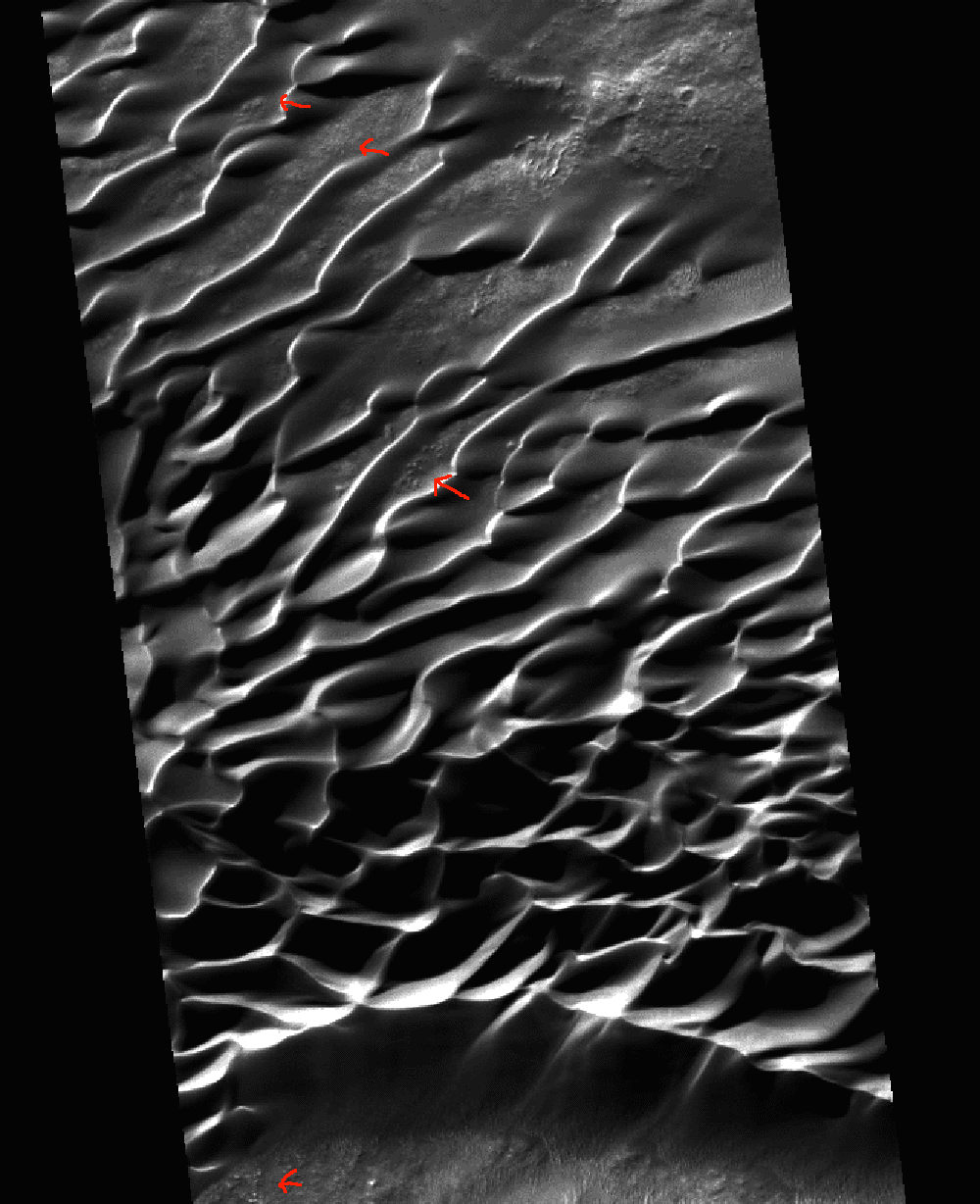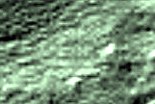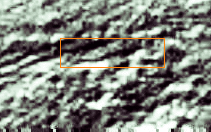New Mars Forums
You are not logged in.
- Topics: Active | Unanswered
Announcement
Pages: 1
#1 Re: Intelligent Alien Life » The purpose of this forum » 2003-10-01 22:22:25
In regards to the stated purpose of this forum Adriane posted:
"Let me first say that it is not the policy of New Mars or its parent organization, the Mars Society International, to pursue investigations into intelligent alien life of the Cydonia variety. We do not believe that there is a conspiracy to cover it up, and we believe that discussion of such topics is not useful due to insufficient evidence and a complete lack of usage of the scientific method. The New Mars forums were not set up to promote this kind of discussion, and papers submitted to Mars Society Conventions relating to Cydonia are not welcome."
It seems to me that a good deal of serious scientific study from respected researchers in many fields has been applied to study of "The Face".
Dr. Mark Carlotto, using photoclinometry, concluded that the face seen in the photographs reflects an actual face on the ground and not an illusion, stating "The features are present in the underlying topography and do seem to reflect recognizably facial charateristics over a wide range of illumination, conditions and perspectives."
Geologist James Erhavec, who has assisted in the establishment of a geologic baseline for continued studies of Cydonia does not believe any of the anomalous features of Cydonia are the result of natural erosion processes.
Geologist G. E. Mcgill, using crater dimensional equations concluded that only slight to modest erosion had occured in the area, simply not enough to allow the formation of the
Cydonia anomalies through erosion.
Anthropologist James Channon examined the "Face on Mars" and found its proportions were in accord with classical cannons concluding that the structure was"...a consciously created monument typical of archaelogy left by our predecessors."
Dr. Mark Carlotto and his colleague Michael C. Stern applied fractal analysis to the face on Mars and the results indicated very high probablility that the structure was artificial.
Robert Fiertek did an extensive four year study of the Mars structures that included careful measurements of their relative alignments. He was so impressed by their architectural symmetries that he concluded:
"It can be argued that individual objects at Cydonia may or may not be artificial, but it is very doubtful that the complex as a whole is anything but artificial." Vincent Dipietro and Gregory Molenaar published a very detailedand respectable scientific analysis of the face.
(The above info is from the book Martian Genesis by Herbie Brennan)
I am not here to argue with you about what material is of a serious enough scientific nature to be submitted to the Planetary Society. Searching for traces or clues of the presence of intelligent civilization, past or present, through remote viewing and analysis of the Mars images is the focus of my work and having spent in excess of 5000 hours over the last four years or so in this pursuit I do take it seriously.
I am not sure if I should be miffed or honored that my work was removed from the Life on Mars thread and put in the Intelligent Alien Life thread where it will presumably not contaminate work of a more serious scientific nature.
When discovering and exploring a new world that might contain the marks of an alien culture or civilization, past or present, I think that what can be observed visually and analyzed, drawing on what is known about anthropology, human society, ancient artifacts, archaeology and the history of civilization here on Earth is every bit as important and worthwhile as as the more "scientific" approaches. Remote viewing is just another tool that can be used to help define what Mars is or what it has been in the past.
My very narrow interest lies with discovering if Mars bears the marks of having been inhabited by civilization and what the nature of that civilization and culture might have been, and what the relationship of Martian culture might have with the history of civilization on Earth. There are fascinating clues to be found in regards to these issues.
I am pleased that there is a place in your forum for the exploration of other than mainstream thought on Mars.
#2 Re: Intelligent Alien Life » Traces of Civilization? - Analysis of selected Mars images » 2003-10-01 17:23:06
M0100680 Enlarged and focused.

#3 Re: Intelligent Alien Life » Traces of Civilization? - Analysis of selected Mars images » 2003-09-07 21:27:13
Blue Mars
A rare Hubble shot of Mars.

#4 Re: Intelligent Alien Life » Traces of Civilization? - Analysis of selected Mars images » 2003-09-07 21:21:37
Try looking at it with a magnifying glass. This is an amazing image. I will attempt to do a better job of processing it to show what is there. I clearly see what looks like patterns of urbanization.
#5 Re: Intelligent Alien Life » Traces of Civilization? - Analysis of selected Mars images » 2003-09-07 03:05:10
M020487
Urban Mars?
The only natural substance I know of that might crystalize into squares is Galena. Is the surface of Mars covered with Galena in this area? Or is this urban Mars?
#6 Re: Intelligent Alien Life » Traces of Civilization? - Analysis of selected Mars images » 2003-08-13 02:25:44
The "shadows" in this image look artificial, their tonal quality is not at all consistent with other shadows in the image.
Brute and heavy handed censorship?.... or are these very peculiar looking shadows really part of the Martian landscape?
#7 Re: Intelligent Alien Life » Traces of Civilization? - Analysis of selected Mars images » 2003-08-13 02:05:32
dickbill,
I don't know what "the big guys" at nasa thought about the face but there was alot of early on support for it being artificial from a fairly wide array of well-known scientists.
Dr. Mark Carlotto, using photoclinometry, concluded that the face seen in the photographs reflects an actual face on the ground and not an illusion, stating "The features are present in the underlying topography and do seem to reflect recognizably facial charateristics over a wide range of illumination, conditions and perspectives."
Geologist James Erhavec, who has assisted in the establishment of a geologic baseline for continued studies of Cydonia does not believe any of the anomalous features of Cydonia are the result of natural erosion processes.
Geologist G. E. Mcgill, using crater dimensional equations concluded that only slight to modest erosion had occured in the area, simply not enough to allow the formation of the
Cydonia anomalies through erosion.
Anthropologist James Channon examined the "Face on Mars" and found its proportions were in accord with classical cannons concluding that the structure was"...a consciously created monument typical of archaelogy left by our predecessors."
Dr. Mark Carlotto and his colleague Michael C. Stern applied fractal analysis to the face on Mars and the results indicated very high probablility that the structure was artificial.
Robert Fiertek did an extensive four year study of the Mars structures that included careful measurements of their relative alignments. He was so impressed by their architectural symmetries that he concluded:
"It can be argued that individual objects at Cydonia may or may not be artificial, but it is very doubtful that the complex as a whole is anything but artificial."
Others supporting the artificiality of the face, Vincent Dipietro, Gregory Molenaar and of course, Richard Hoagland.
(The above info is from the book Martian Genesis by Herbie Brennan)
I would love to know what Carl Sagan really thought about alot of things. I believe he deliberately aided in the cover-up of anything having to do with ETs, actions he is said to have regreted towards the end of his life.
One thing that I find most intriguing about the "Face on Mars" is that it may have a connection to another "Face" here on Earth. They are both ancient, monolithic structures with certain similarities of form, most obvious is the similar structured base of each "Face".
And then there are all the other faces that can be found in the Mars images. What is the explantion for all the other faces?

#8 Re: Intelligent Alien Life » Traces of Civilization? - Analysis of selected Mars images » 2003-08-07 18:06:21
M0301995

This is another image that is hard to view without a magnifying glass. If you're using a flat screen to view this these details may be completely unreadable even with the help of a magnifying glass.
The first time I looked at this image I thought the bright white spot, seen about two-thirds of the way down on the right, was a very bright light source but on closer examination it looks like it might be a milky colored pool of liquid or maybe vapor? Near the lower edge of this pool or light there appears to be a very tall mechanical structure of some type along with other industrial-looking structures.
To the left of the red arrows there is an area that looks very structural, lots of little building-type shapes layed out in an organized way.
Interesting details can also be found along the sides of the wall-like form that traverses down the image towards the right.
#9 Re: Intelligent Alien Life » Traces of Civilization? - Analysis of selected Mars images » 2003-08-07 17:44:20
I was referring to military bases that have been built miles below the ocean floor. I came across this information in the second edition of a book on the subject (I don't remember the exact title, I think it was Underground Bases and Tunnels.)
The author stated that these bases were capable of generating their own air supply (probably from sea water) and could function without relying on our surface atmosphere.
#10 Re: Intelligent Alien Life » Traces of Civilization? - Analysis of selected Mars images » 2003-07-01 19:57:19
At first glance this image looks like dunes. A closer examination suggests other possiblilities. In several places the "dunes" give the effect of looking through somewhat sheer fabric with the hint of structures being underneath. The "sheerness of fabric" effect is especially noticable at the bottom of the image. My speculation is that this could be a high-tech covering which might provide a shield against excessive radiation as well as containing a breathable atmosphere, enabling life to exist in an otherwise hostile area of Mars.

M2100514, Enlarged and focused.
#11 Re: Intelligent Alien Life » Traces of Civilization? - Analysis of selected Mars images » 2003-07-01 19:44:16
Shaun posted:
"I do see what Exterrester is talking about - possibly a horizontally elongated letter "o" followed by an "x". But we're back to the old problem of 'pixel mirages' again!
For Exterrester's information, we've had quite long, involved and even heated debates about just this kind of image before. The only possible conclusion to be reached in these cases is that such pictures do not constitute evidence of artificiality.
Even if what appears in them are actually ruined buildings and other artifacts, the 'noise' in the image is simply way too overpowering to enable a sensible interpretation of what we're seeing. We need better pictures or, better yet, a landing party!
What amazes me is how people can find elongated "o"s and "x"s in pictures like these. They must spend hours and hours peering at largely featureless images until they see what they think might be something artificial!!
I would love to see something genuinely artificial on Mars but I think these pixel gazers really need to get out in the fresh air once in a while!"
I am very much aware of the problems of image interpretation in regards to pixels, image quality and artifacts, and this image does have those problems to some degree. I think that in spite of those problems there is enough quality in certain areas of the image, particularly those outlined in red below, that a correct interpretation can be made.
The line of small, building-like shapes in the lower left box are certainly not artifacts. What is immediately surrounding them does not look like artifacts and the area above the lower left box can also be read (IMO). The area pointed out with the red arrows in the upper left has a long, rectilinear structure or wall with two well-defined right angles, I do not believe this is the result of artifacts. The other two boxes also contain areas of structure which I do not believe to be artifacts.
Upon close examination one can see that these structures are laid out in an intelligent fashion that is very suggestive of what one would expect to see in sat images of civilized areas on earth. This does not appear to be random artifacts. I feel there is a relationship between the structures that reflects having been created and placed in a way that suggests intelligence and civilization and not randomness.
Additionally, the strings of alpha-numeric symbols that can be seen in several places are IMO most definately not a caused by artifacts. Artifacts can certainly create shapes that look like letters or numbers but there is a generic quality to them and they tend to show up in fairly repetitive patterns through out the image or in the image background. The alpha-numeric symbols in this image are distinctive in style, each of the three strings of symbols I have pointed out have their own distinctive style that is matched with each of the other letters in that particular string. The letter string in the lower left box curves. This is not suggestive of artifacts.
The letters in each string stand out from the rest of the image, with the effect being that each of these strings stands out as a unified and unique group of alpha-numeric symbols. Random artifacts are very unlikely to cause this effect and the chances of this happening at all and certainly not three times in the same image are next to zero IMO.
As to your remark about my having to pour over these images to find these words, in this case the words jumped out at me almost immediately. Although I will admit to being guilty of spending excessive time looking at Mars images.
The point you make about taking into consideration whether or not there could be conditions on Mars that would allow for a past or present civilization to have created an urban area with signs is a good one. I feel that there are several clues that point to the possibility of past or present Martian life as well as sound technical and scientific reasons.
Two respectable sources have reported picking up transmissions from Marsduring this century. Tesla reported picking up Martian transmissions after beaming a signal to Mars and transmissions from Mars were also reported and recorded by scientists during the day of radio silence which occured in the 1930's (I am unsure of the actual date).
It is possible that Mars was once extensively inhabited and then sustained a disaster. If the Martians were technologically advanced they had probably already created extensive underground areas capable of sustaining some of the population. Here on Earth there are areas that have been created miles beneath the ocean that can support life completely independent of the surface. These areas generate their own atmosphere. I would think it likely that the Martians could have created similar underground living areas for continuance of government and civilization and that even if a major planetary disaster occured there would be a remnant that would have survivied and adapted, and possibly rebuilt a civilization from underground. They certainly have enough water.
Due to geomagnetic anomalies, surface conditions on Mars are variable as to the amount of radiation received and the thickness of the atmosphere. I think it is possible that some areas of Mars are livable and that even the inhospitable areas could be livable with the aid of high tech shelter or coverings.
There are technical factors that could be contributing to our differences in what we perceive in this image. I have discovered that flatscreen monitors are really unsuitable for viewing images that have been enlarged. I am looking at this image on a high-resolution, millions of colors, 21" crt (Mac). I regularly calibrate my convergence.
This may all seem like overkill and kind of silly but I think it is reasonable to expect the interesting details that suggest artificial structures and the possibility of intelligent civilization to be small and hard to see. Patience, the proper monitor plus the use of magnifying glass are all important in this process.

#12 Re: Intelligent Alien Life » Traces of Civilization? - Analysis of selected Mars images » 2003-06-27 23:07:57
M0100734
This area appears to show signs of civilization, looks city-like with various buildings and streets. In two places there is a string of letters that look very similar, perhaps the name of this place on Mars? Best viewing results are obtained on a crt ( not a flatscreen) with the aid of a magnifying glass.



Pages: 1